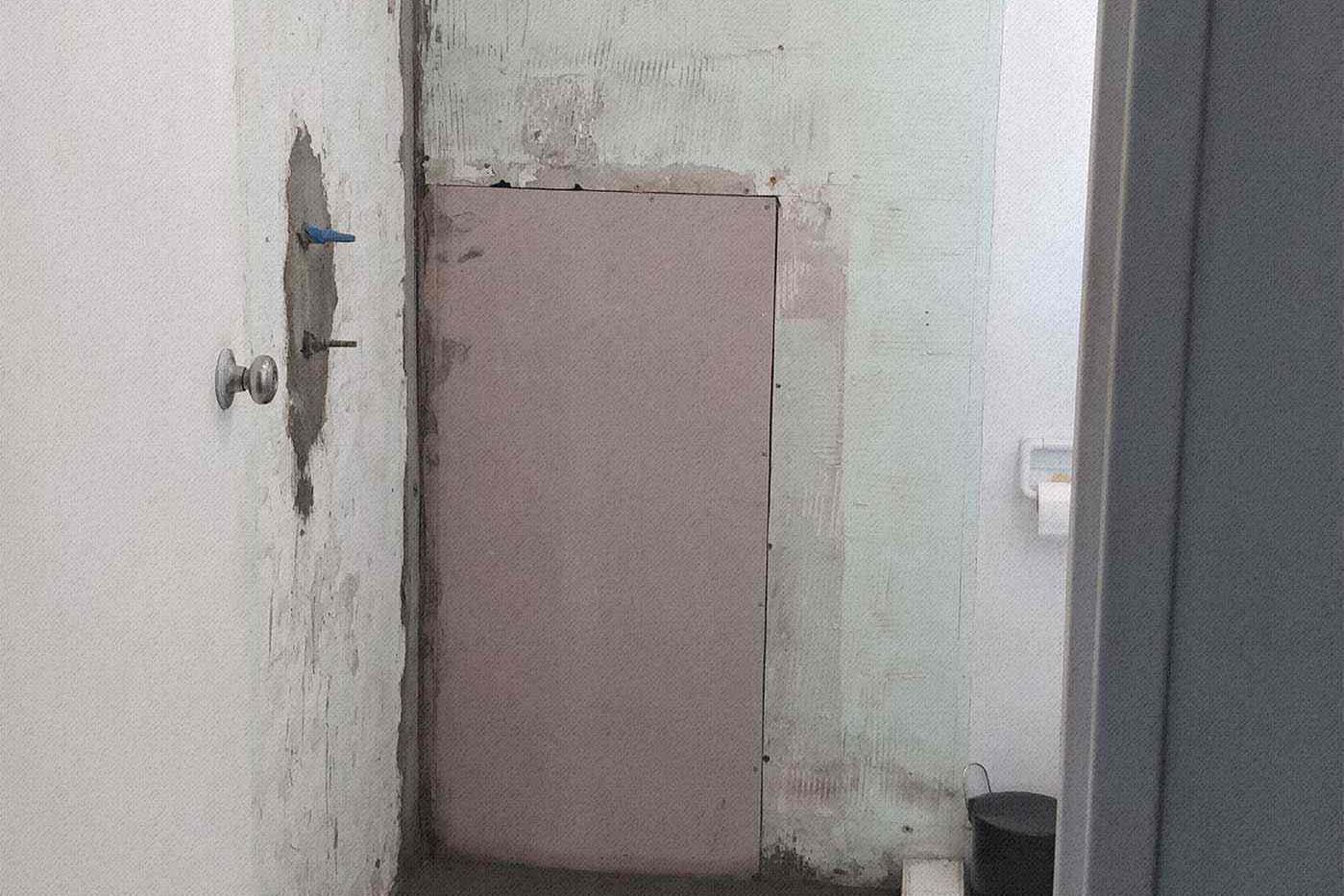Your refinancing questions, answered
Can I Make Changes To My Home Loan?
Yes.
Changing the type of loan
Switching from a variable loan is relatively easy. If you have a Tiimely Own variable rate home loan and you want to switch to a Tiimely Own fixed rate home loan, there will be a variation fee of $150.
Switching from a fixed rate during the fixed term is a little more complicated. There are break costs associated and they can be expensive. If you want to find out more, one of our home loan experts will be able to help you navigate the process.
Our team is available daily on 1300 842 405 or by email at myloan@tiimelyhome.com.au.
Adding or removing an offset facility
If you decide that you'd like an offset facility after you get your home loan, you can add one for a fee of $250. If you are on a fixed rate, an additional break cost will also apply. Removing the offset facility from your existing home loan will incur the same fees.
To add or remove an offset facility, you can call us any day on 1300 842 405 or email myloan@tiimelyhome.com.au.
Learn more about our offset accounts and redraw facilities.
Buying a new home
If you’re a new customer, our Tiimely Home online application is quick and easy place to start. or if you prefer, you can contact us and we can talk you through it.
Topping up your home loan to release cash
Contact us and we’ll see if you can increase your home loan amount to release extra cash.
Want more information? Our guide can help explain how to refinance for things like renovation.
Leaving us?
If you decide to leave, we'd like to understand why. If you decide to call us on 1300 842 405, we can see if there's anything we can do to help, anything we could have done better, or we can simply assist you with the process of ending your loan.
How Refinancing Your Mortgage Can Save You Money
Are Refinance Fees Tax-Deductible?
There may be tax implications for owning property, particularly in respect to purchasing an investment property to rent out. Your accountant or a financial advisor will be able to explain the full tax implications based on your personal circumstances.
The Australian Tax Office (ATO) also provides some information relating to claiming rental expenses.
How to Calculate Principal and Interest Repayments
The same way we calculate the repayments for any type of home loan.
Explained simply, to calculate loan repayments, we take your loan amount, add the total estimated amount of interest we’ll charge over the life of the loan, and then divide that total into a monthly amount based on the length of your loan term.
How we calculate weekly and fortnight repayments
We calculate weekly and fortnightly repayments a little differently. For example, for fortnightly repayments, instead of multiplying monthly repayments by 12 and dividing by 26, we simply divide your monthly repayment amount by 2.
The fortnightly repayment amount is rounded up to the nearest dollar. This calculation method ensures you pay the full monthly figure over 2 fortnights. Over time, this means you'll pay off your loan faster with less interest than if the repayments were calculated by annualising the monthly figure.
How to Refinance Your Home Loan
The first thing to do is to look at your current loan and review the type of loan it is, the interest rate, the features it offers, and any fees you’re paying. Identify the things you would like to improve with a new loan. For example, maybe you want to pair your fixed-rate with an offset facility? Or maybe you want to change from a fixed to a variable rate?
Next, do your sums to calculate how much you’ll gain from refinancing. Our refinance calculator can help to determine your monthly savings if you refinanced with Tiimely Home.
Note: Every lender has their own set of fees for refinancing.
Expect to pay ‘closing your old loan fees’ (such as discharge fees, break fees for fixed home loans etc) plus ‘opening your new loan fees’ (government fees, third party fees). Then divide the monthly savings by your total closing costs to see out how many months it would take to break even.
Once you’ve decided if it's worth it to pursue refinancing, shop around for the best rates and features to find a home loan that suits your needs. When you’ve chosen your new lender, you can apply.
How long will the process take?
Every lender is different however with Tiimely Home, to refinance your home loan through our online application will take you about 15 minutes to complete.
How a 0.5% Interest Rate Change Affects Your Home Loan
It makes a big difference to your interest payments. As an example, if you had a $600,000 home loan with a loan term of 30 years, the difference between an interest rate of 6% and 6.5% is: $195 in monthly repayment savings and $70,238 in interest saved over the life of your loan.
Note: These figures are estimates only and assumes all fees and other charges are equal.
You can estimate your monthly repayments on a Tiimely Own home loan, including the total interest charged with our repayments calculator.
Will Refinancing Affect My Credit Score?
Your credit score can be affected by the application process. Any affect on your credit score is likely to be outweighed by the financial gain of refinancing your home loan.
When you apply for a new loan, lenders will check your credit history.
This is called a ‘hard inquiry’ and it shows up on your credit report. Too many ‘hard enquiries’ can temporarily cause your credit score to drop so to avoid this, make sure you shop around for the best deals before you apply.
When is the Best Time to Refinance?
You can refinance your home loan whenever you want, however you should only switch if you can get a better deal. Refinancing your loan comes with upfront costs such as break fees (if you’re on a fixed loan), exit fees and fees to open the new loan . When deciding, you should understand how long it will take to recoup the costs of the refinance.
Our refinance calculator can help you understand how much you could save by refinancing to a Tiimely Own home loan.
Income Requirements for Refinancing a Home Loan
The amount of income you need to qualify for refinancing your home loan will vary depending on many different factors, including how much you wish to borrow, any existing equity, your current living expenses, and any other debt or liabilities you may have.
You can learn more about serviceability in our Home Loan Guide.
Switching From An Investment Loan to Owner-Occupied?
If you’ve moved into your investment property you’re now considered an ‘owner-occupier’, so you’ll need to change to an owner-occupier home loan. If you’re already an existing customer, you can contact our post settlement team either by email or phone and we can help you switch over.
If you’re a new customer, you’ll need to refinance your home loan and apply for an owner-occupied home loan instead of an investment one.
Note: You don’t need to record your rental income for that property in the application.
How Do I Know If Refinancing Is Worth It?
It’s a good idea to have a clear goal for why you’re refinancing. It could be to save money or to access new features, or perhaps to set a new loan term or to change loan types entirely.
Then, compare your current situation to decide whether you would be better off by refinancing.
Make sure to account for any exit fees from your old lender, and any establishment fees from your new lender. You can use our refinancing calculator to get an idea of your new repayments.
If you’re still unsure, consider seeking financial advice from a professional.








